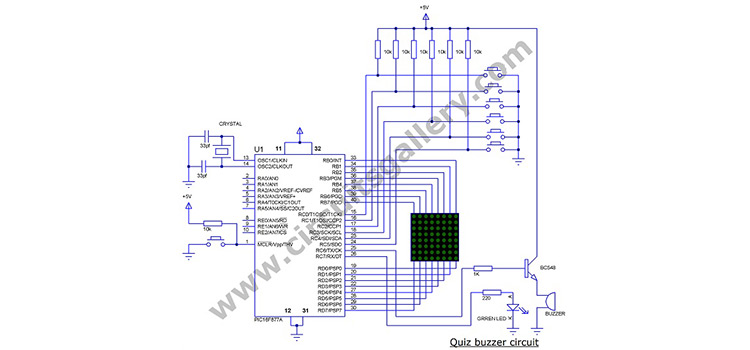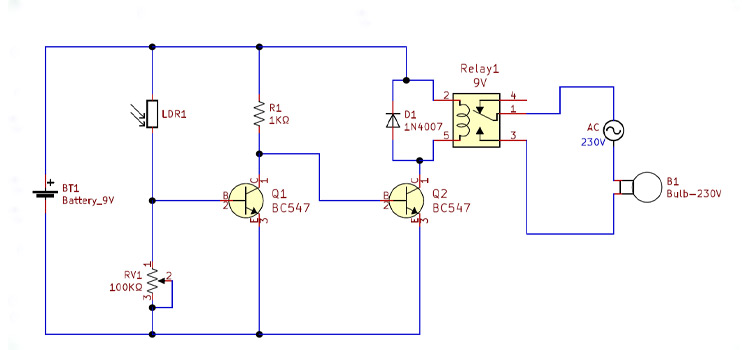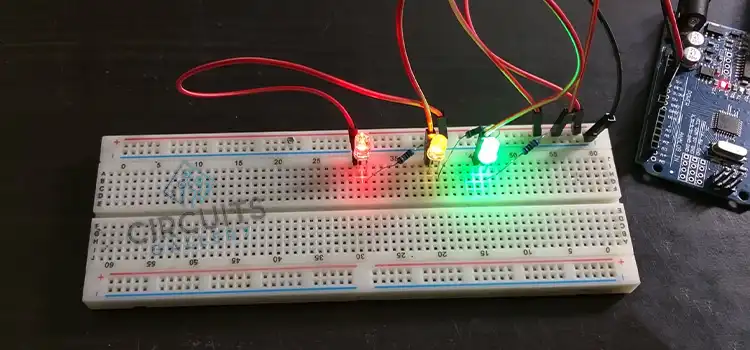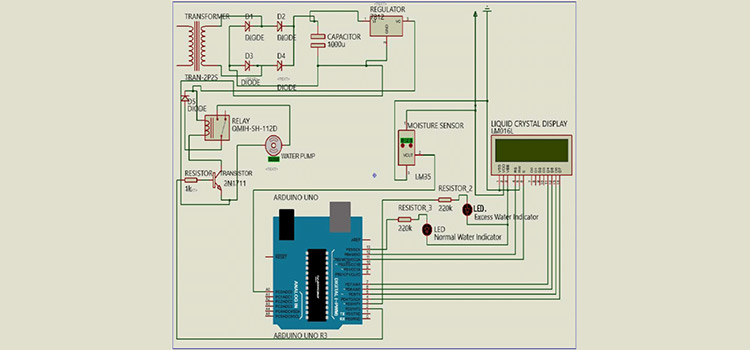Gas Leakage Sensor Alarm Circuit | Using 555 and MQ-6 SEN-1327 Gas Sensor Module
Here is an LPG gas leakage sensor alarm circuit that detects the outflow of LPG gas and alerts the user via audio and visual indications. The heart of this simple engineering project circuit is a gas sensor module SEN-1327. MQ-6 gas sensor is used in the SEN 1327 module.
The output signal from SEN 1327 gas sensor module is used to drive a 555 timer-based astable multivibrator circuit. Here 555 timer works as a tone generator, the frequency of tone can be altered by varying the preset VR1.
Circuit Diagram of Gas Leakage Sensor Alarm Circuit
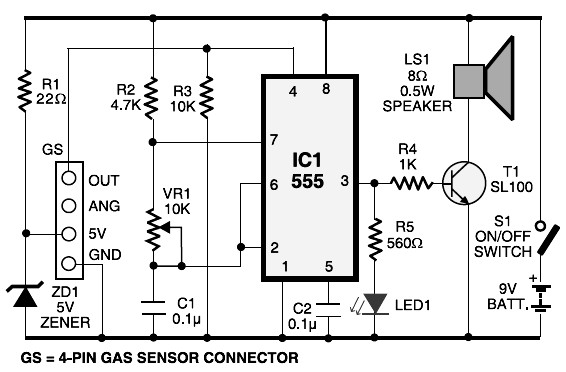
Components Required for Gas Leakage Alarm Circuit
- Resistors (22Ω, 4.7k Ω, 10k Ω, 1k Ω, 56 Ω)
- Preset (VR1=10k Ω)
- Zener diode (5V)
- Capacitors (100nF x 2)
- Gas sensor module SEN 1327
- 555 timer IC
- Transistor (SL 100)
- Loudspeaker (8 Ω, 0.5W)
- LED
Working Principle of Gas Leakage Sensor Alarm Circuit
- Zener diode Z1 is used to regulate the Vcc to 5V DC to drive the gas sensor module.
- The SEN 1327 gas sensor module from Rhydo LABZ is used in this circuit. Its output goes high when the gas level exceeds definite point.
- A preset employed in the module is used to set the threshold or reference level. Interfacing with the SEN 1327 sensor module is done through a 4 pin SIP header.
- An MQ-6 gas sensor is used in the gas sensor module. As per its datasheet, it has high sensitivity to propane, butane, isobutene, LPG and natural gas.
- Each time there is LPG concentration of 1000 ppm (parts per million) in the area, the OUTPUT pin of the sensor module goes high.
- High voltage at the 4th pin (Reset pin) enable timer IC 555, which is wired as an astable multivibrator. The multivibrator essentially works as a tone originator.
- Without the high voltage at 4th pin (Reset pin) the IC remain in the Reset state.
- Output pin 3 of IC 555 is connected to LED1 and speaker driver transistor SL100 LED1 glows and the alarm sounds to aware the user of gas leakage.
- The pitch of the tone can be changed by varying preset VR1.
- Provide a suitable heat sink for transistor SL100.
Conclusion
MQ series gas sensors are greatly effective to detect toxic and harmful gases. Thus, the addition of a 555 timer with it has made this gas leakage sensor alarm circuit truly effective.
Subscribe to our newsletter
& plug into
the world of circuits

